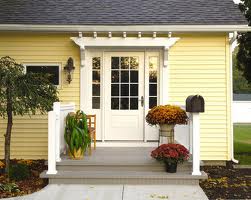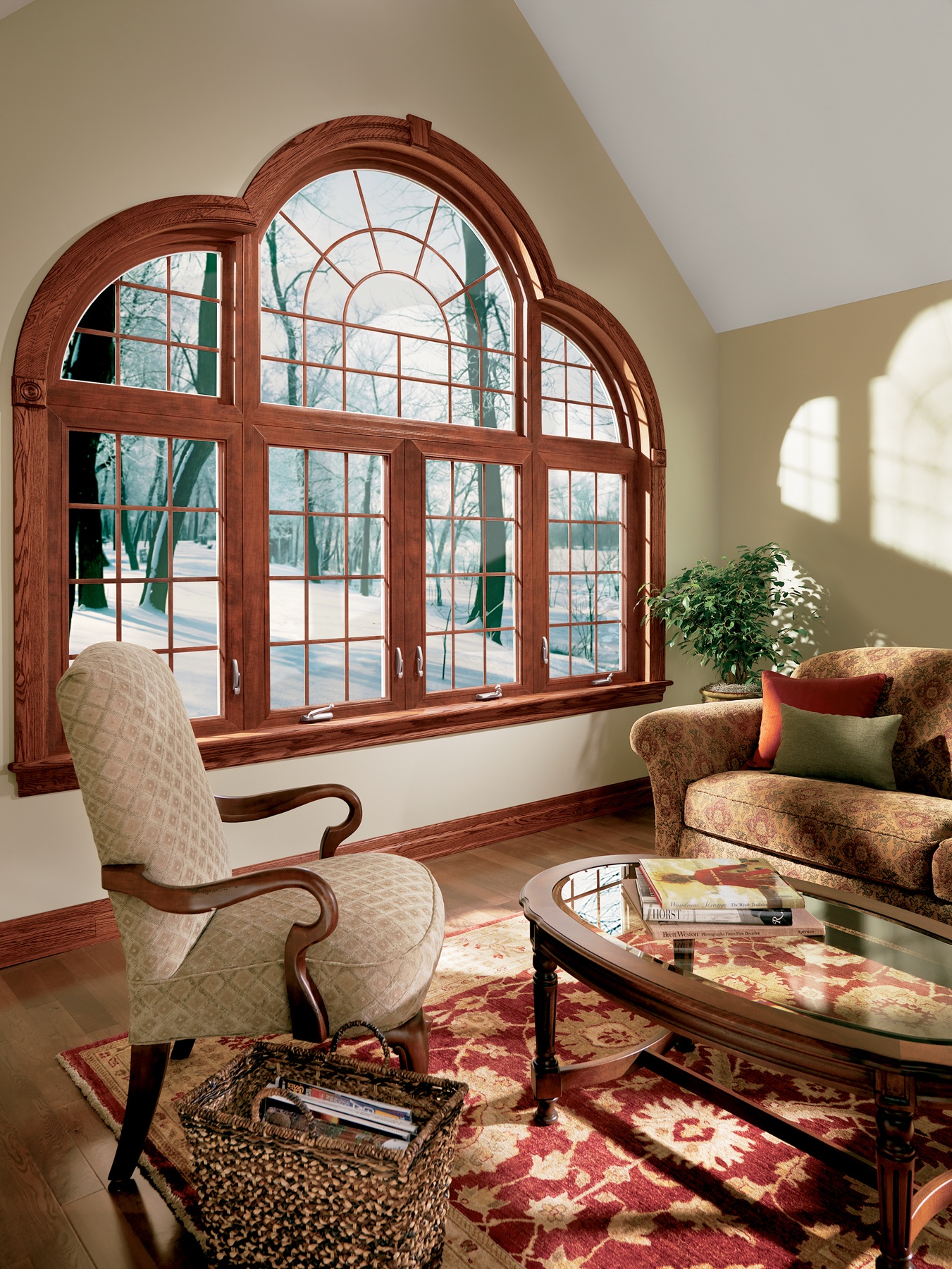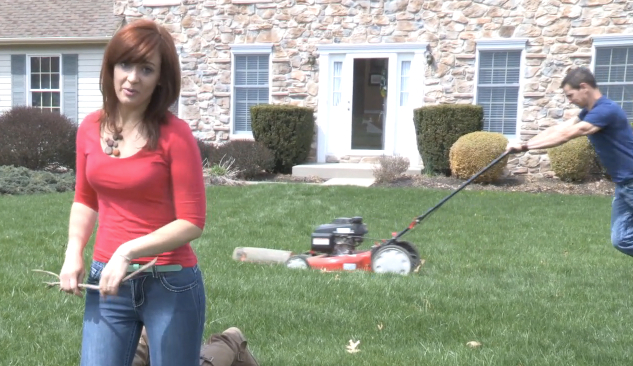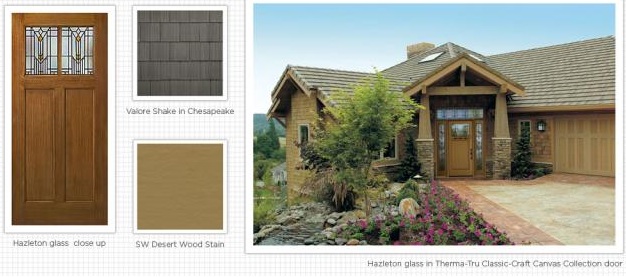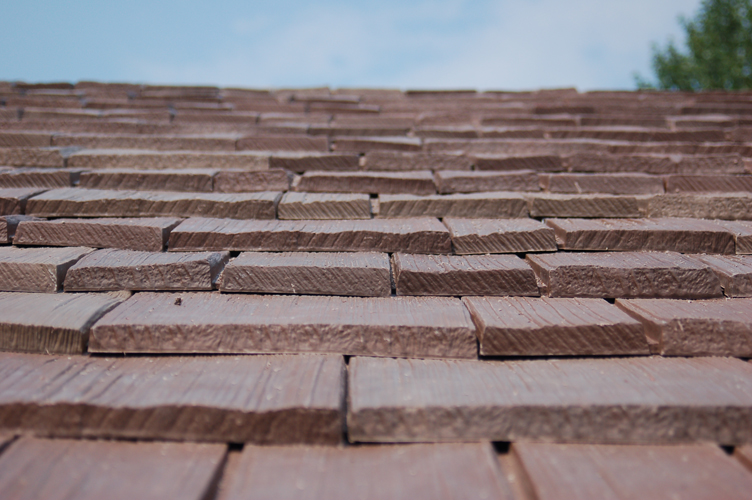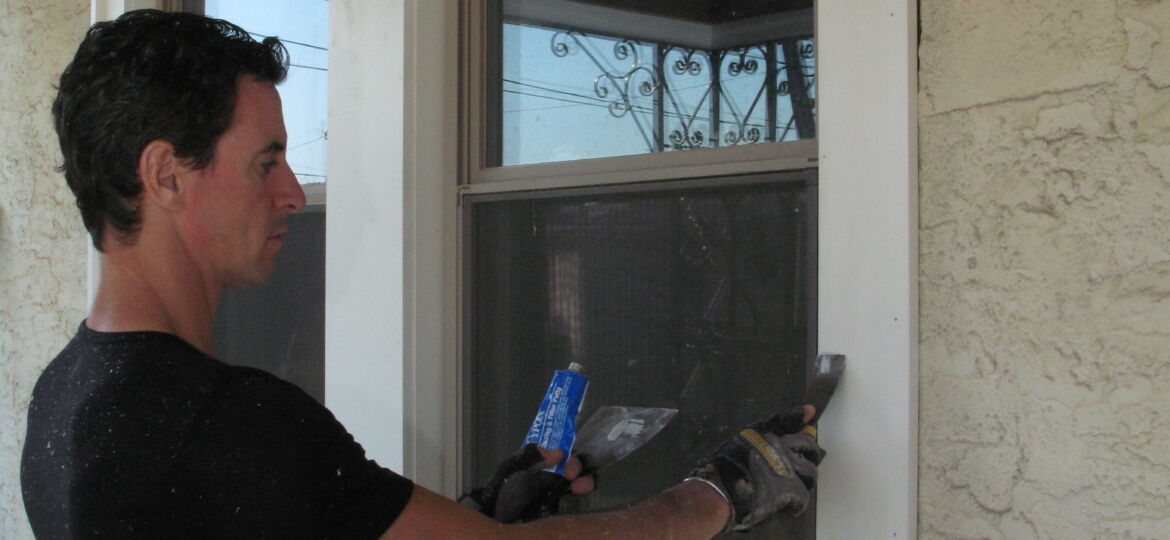
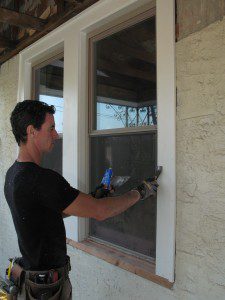
As a home improvement contractor, I have installed just about everything there is to install in a house. Floors and doors, shingles and shoe molding, cabinets and crown among many other combinations of building materials and surfaces that I can rhyme or alliterate (feel free to add to my list.)
What I’ve seen while working on homes and businesses in all budget and aesthetic ranges is that among those myriad products and projects, one that gets paid both the most—and the least—attention is choosing replacement windows. I’ve also seen that there’s a big “before and after” as it relates to windows and, because of that, I work hard to choose top-quality windows that both work and look good—because once you realize they look bad you can’t ever un-see that.
The problem seems to be that it’s easy to get wound up in how much money you can save once new energy-efficient windows are installed (important to be sure) because so much emphasis is placed there before the selection (it’s cold and drafty in the house) and after (it’s warmer, great, how much did I save?). I’ve seen many people try to become de facto window experts in the ramp-up to selecting new windows who then forget to focus on the fact that part of the job is to make the home attractive AND more energy efficient.
They forget to ask: what about living with the windows a year from now? If you select a commodity or shop-built window, sure it might be ENERGY STAR® rated, but check the welds/miters at the corners. Are they tight or are they gapped 1/8 inch? How about sash operation (what I call “sash slide”)? Is it easy or do the sashes grab and rub too much? Is there a foam strip sticking out of one of the sashes? Do the locks work? Do they look good or are they just “there?” How about the tilt-locks? Is it a fight to get the sash to tilt in for cleaning then to lock back together again? These are the aspects of a window that should be taken for a “test drive” before you make a new window purchase. And, you can do that by carefully inspecting a window sample in a showroom or asking a window salesperson to help you gain access to a home where his or her windows were installed a year or more ago.
Seriously, call it the carpenter in me who is looking for clean lines, plush reveals, tight miters, eased edges, and cool colors to make all that a window can—and should—be come to life. Heck, I don’t install a linen closet shelf without routing an edge it—and that lives behind a closed door and under a pile of towels. Why would I install a house full-of windows with blocky, schlocky lines that I look at every day of my life? When it comes to windows I like to think it through and get a window that looks like it belongs in the home not one that fits because it’s inexpensive—and looks that way (for years) once I’m done with the install.


